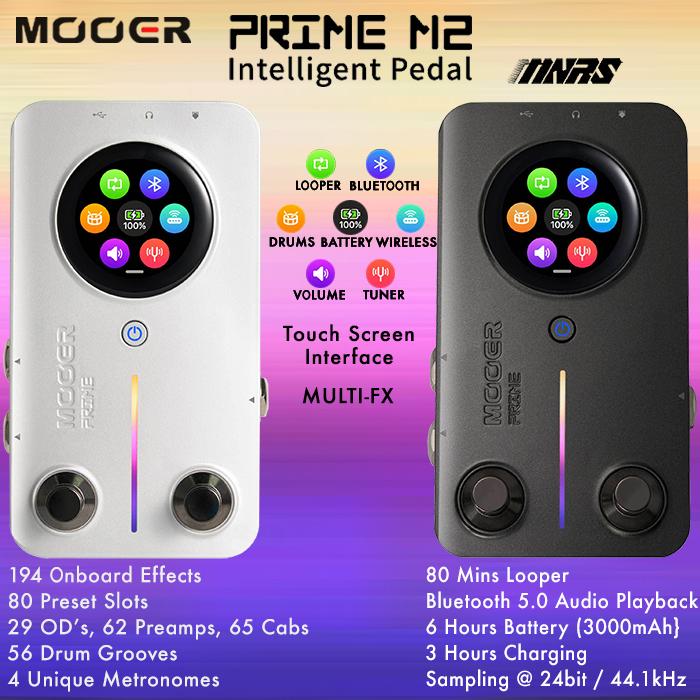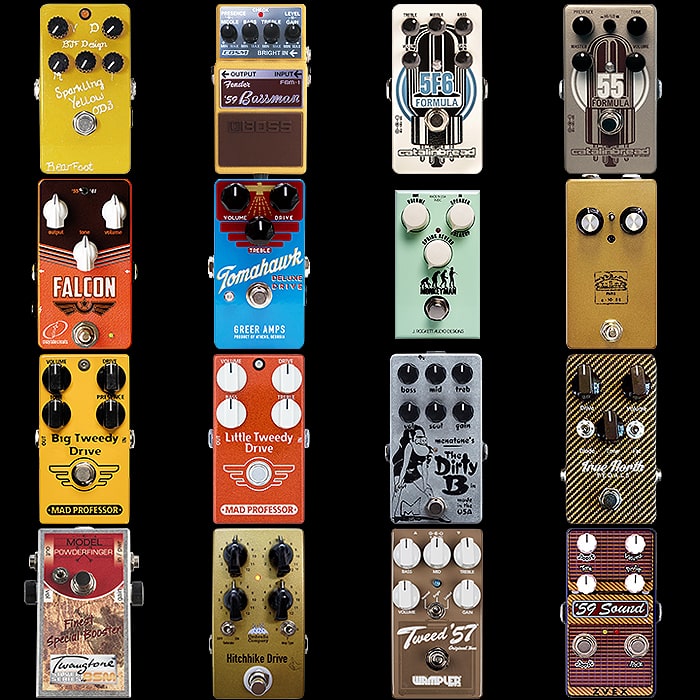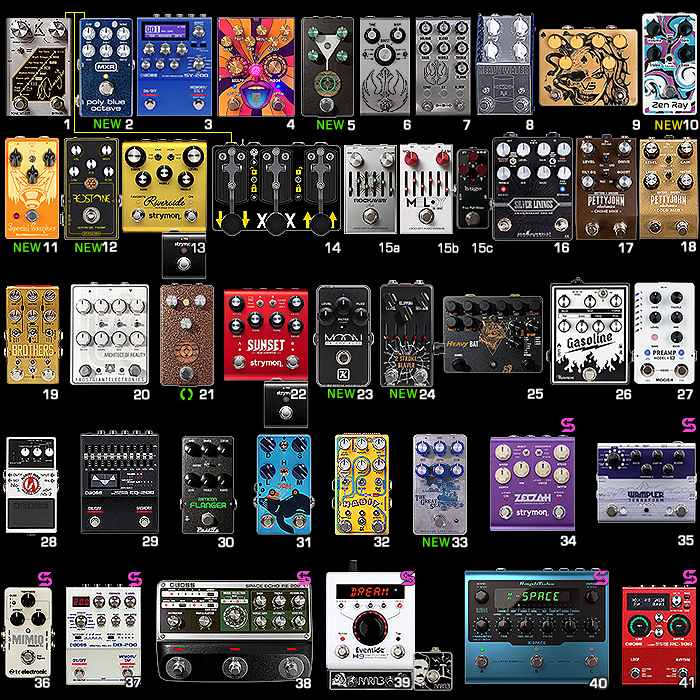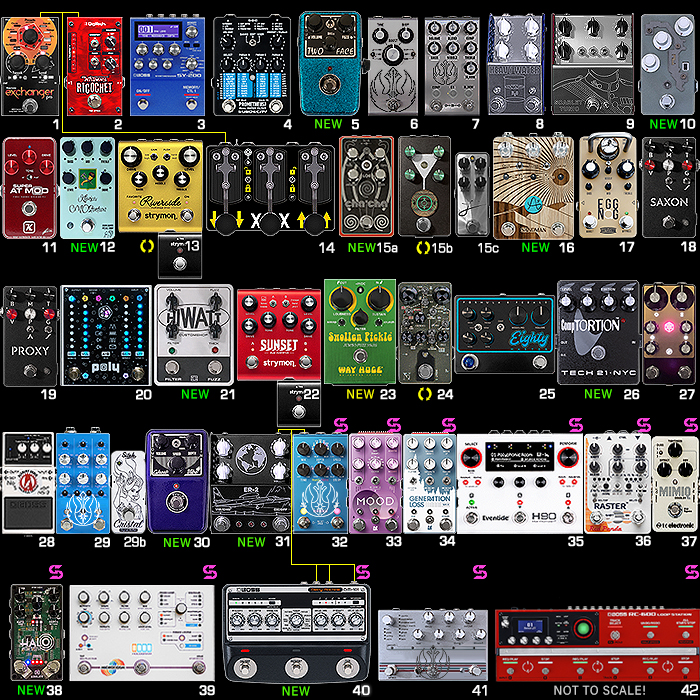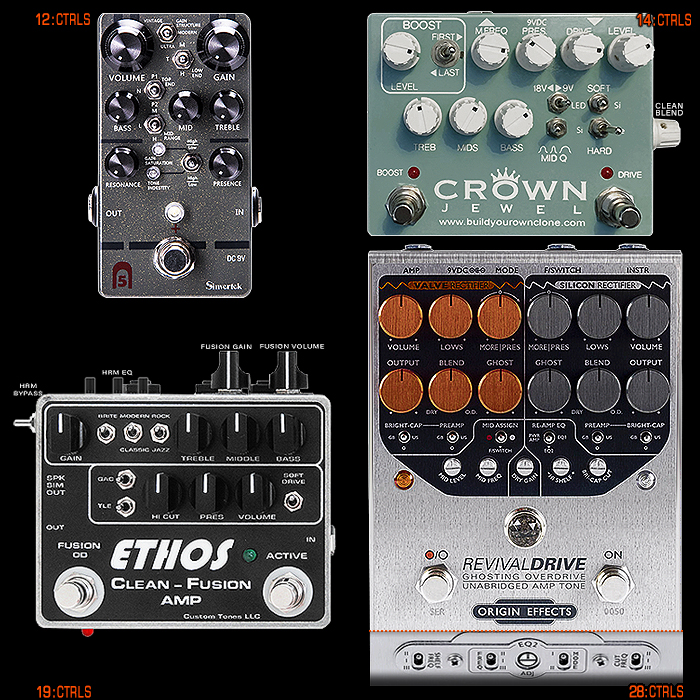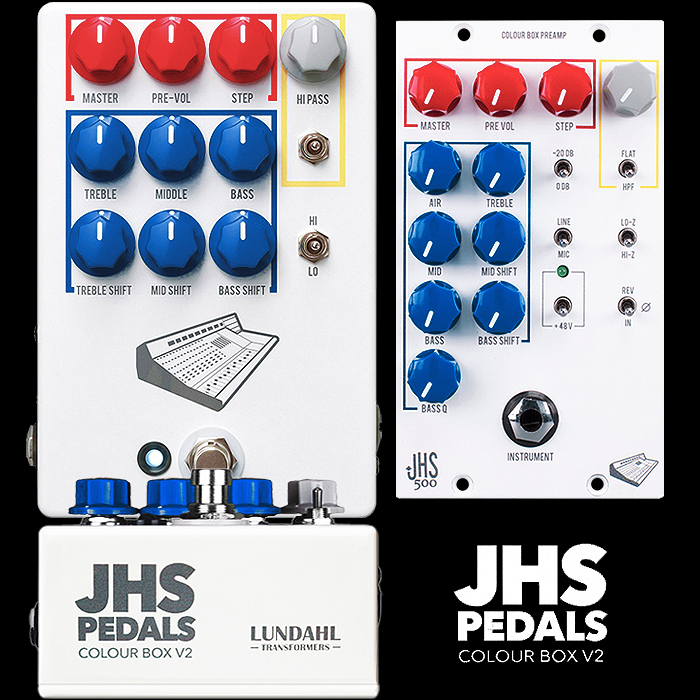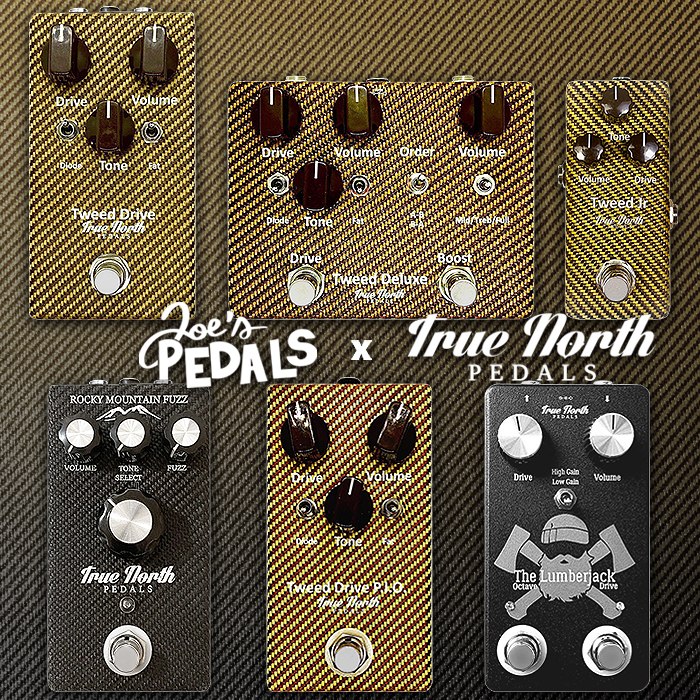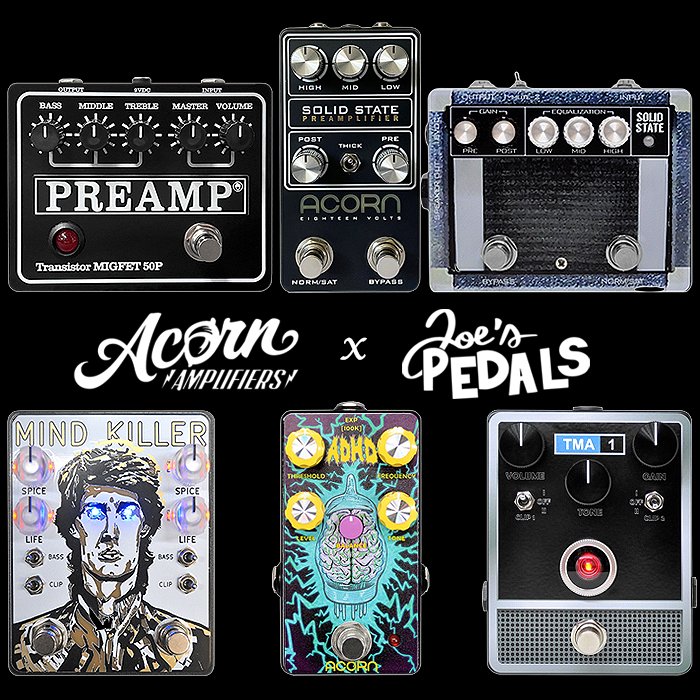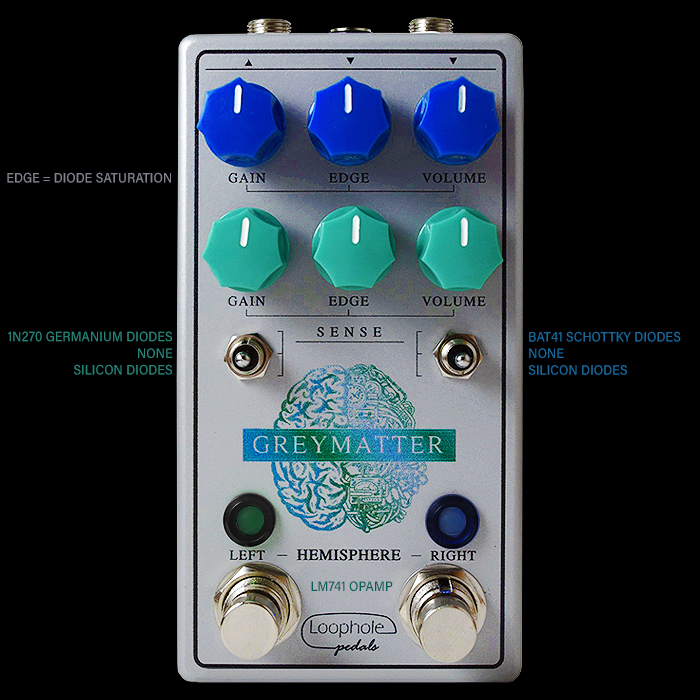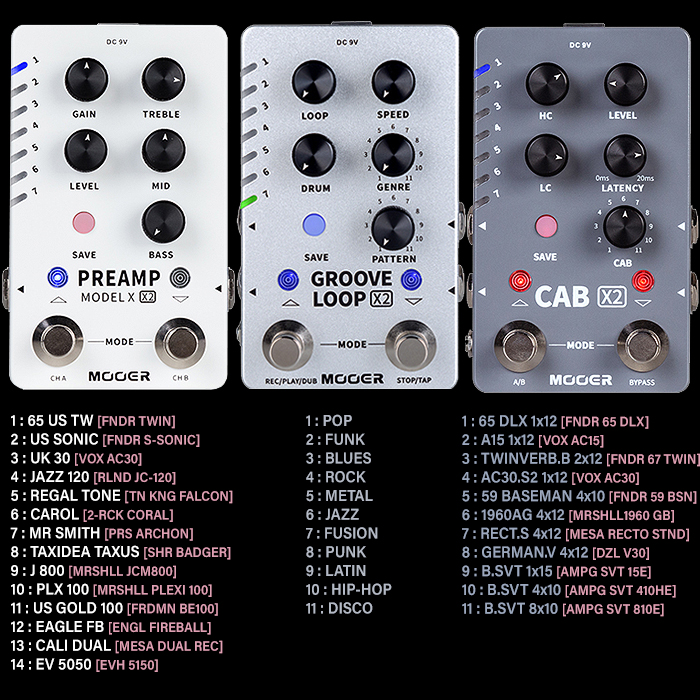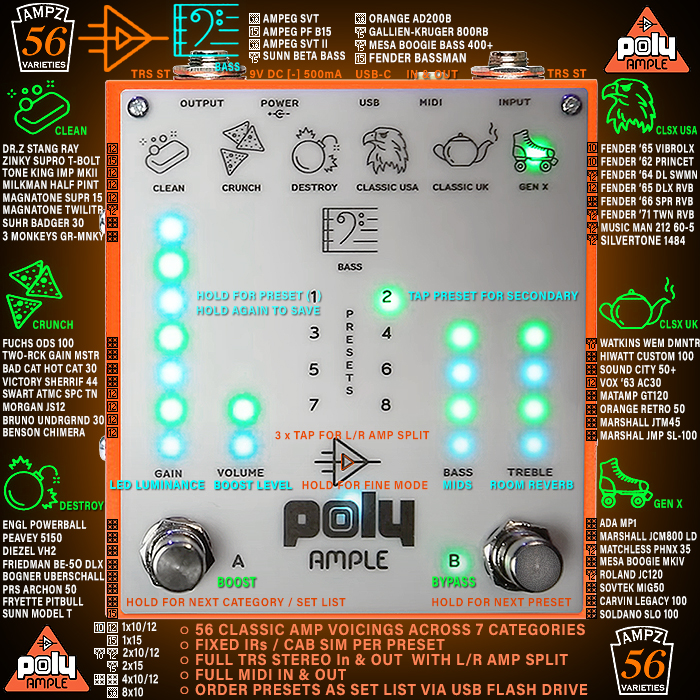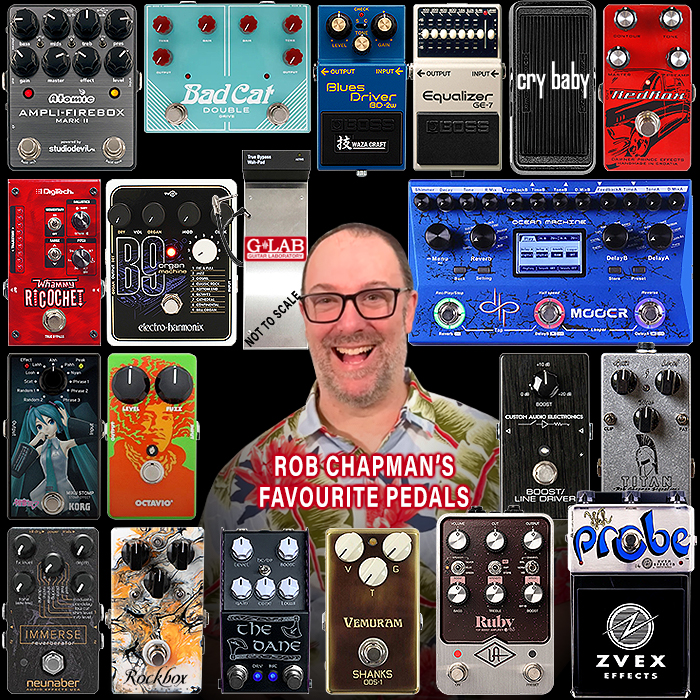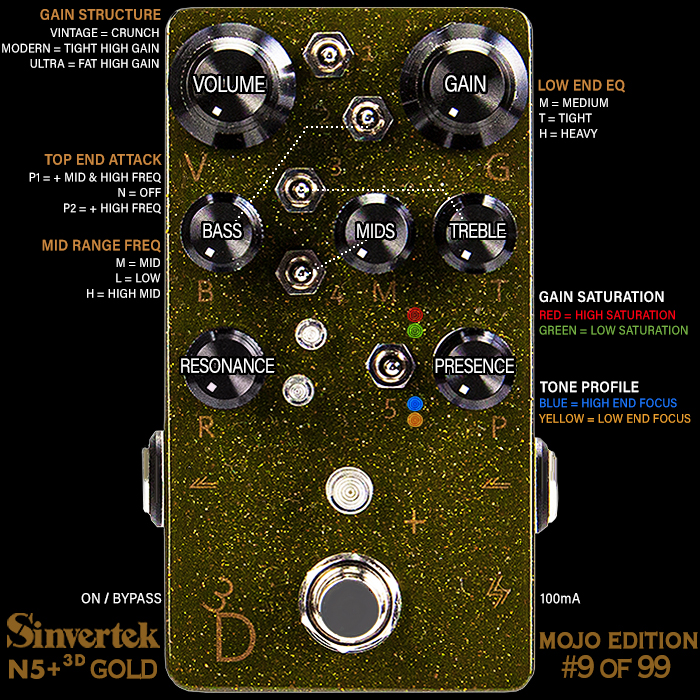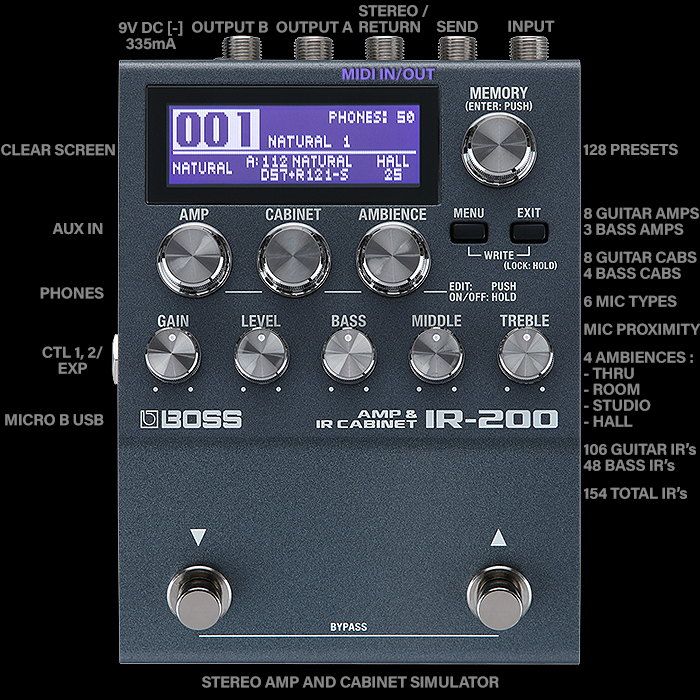Universal Audio adds 3 High Fidelity Amp Modellers to its UAFX Pedal Range - Woodrow, Ruby and Dream

A number of us were a touch disappointed with the first released trio from Universal Audio’s UAFX Pedal Range - namely the Astra Modulation Machine, Starlight Echo Station, and Golden Reverberator. There was much to like - including the looks, form-factor and the quality of output. But the slim number of algorithms for the price, and only a single Preset onboard with no Midi - made those pedals a touch impractical for certain live usage scenarios. The norm for those kinds of Workstation Pedals is usually to have multiple Presets at your disposal for fast and dynamic switching within an extended playlist. I’ve still warmed to those pedals considerably - and particularly the Memory Man mode of the Starlight, while I think I would rather have an analog version of that - but in that same sort of format!
For this second tranche of releases the core enclosure format makes a decent amount of sense - while I still don’t understand why we could not have had more than 1 Preset! This trio of classic Amp Modellers, or Model Amp Pedals as I sometimes like to call them - are based on some of the all-time classic amp types.
The Woodrow ’55 Instrument Amp Pedal is based on the Fender 5E3 Tweed Deluxe, The Ruby ’63 Top Boost Amp Pedal is based on the Vox AC30/6 / Treble / TB, and the Dream ’65 Reverb Amp Pedal is based on the Fender Deluxe Reverb.
All have a similar but distinct control topology - while only really 3 consistent knobs - Volume, Output and Boost, and those same dual footswitches. The remaining controls / knobs have distinct parameter controls as befits that specific Amp Model.
Obviously these are all DSP / Modelling Types - but at a very high level of fidelity and supposedly with great amp-like feel and dynamics. I feel that overall these are better suited to this format / feature set than the original trio - there’s much to like here for sure, but not quite the perfect home run necessarily. Still highly compelling and actually really authentic sounding DSP - we’re really getting so close to Analog now!
Here follow the usual details on each :
Woodrow '55 Instrument Amp Pedal - $419
Controls - Inst Vol, Mic Vol, Output, Speaker : BLU15 / JP12 / GB25, Function : Store, Boost KP-3K (Korg 3000) / Stock / EP-III, Room (Ambience), Tone, Boost, On Footswitch, Preset Footswitch.
So these are essentially Universal Audio's equivalents of the Boss IR-200 / Strymon Iridium / Walrus Audio ACS1 which all retail at $399 equivalent, while these are at a $20 increased premium. And while the other boxes have typically 3 or more different Amp types per pedal, these UAFX focus on a single Amp type - but with more granularity of control. Still relatively pricey though!
So this first one is based on the beloved 5E3 Tweed Deluxe Amp with separate controls for Instrument Volume and Mic Volume - a sort of concession to IR methodology - while Universal Studios has its own system of Amp characteristics that does not use or feature IR's.
The middle row is typically 3 Speaker / Cab types, a Multi-Function middle toggle which at least Stores / Saves the 1 Preset, and finally a 3-Way Boost / Channel / Mod switch - which is essentially a Channel or Boost Voicing switch.
These pedals only really have Volume, Output and Boost in common - with those same 2 footswitches - but different and distinct parameters on the other 3 knobs - some with Alt Parameters - but not this Woodrow! The distinct knobs here are Mic Volume, Room (Ambience), and Tone. The other two have separate Bass and Treble controls in place of Tone.
All 3 Amps sound pretty authentic from the demos with tonnes of vibrant texture. Difficult to gauge playback feel and dynamics while reviews are very solid. Each of these Amp types is incredibly compelling and I can see within a Studio environment how you could / would easily want one of each. While it would have been overall a bit more practical to accommodate more than one type within each enclosure. Swings and Roundabouts as they say - I actually really quite like these and see myself more likely to get these than the original trio - still somewhat of a nice-to-have by my current way of thinking - while those can always escalate to essential - based on arising requirements.
Overall just all really commendable - no complaints really bar just the 1 Preset!
Ruby '63 Top Boost Amp Pedal - $419
Controls - Volume, Cut (High), Output, Speaker : Silver / Blue / Green, Function : Alt / Amp / Store, Channel : Bril / Norm / Via, Bass / Room (Alt), Treble / Intensity (Alt), Boos / Speed (Alt), On Footswitch, Preset Footswitch.
Of the 3 this is my most used Amp Pedal Type - as I always have a 'Brian May Style' Top Boosted Vox pedal in my rig - typically serviced by the Pettyjohn Chime II, Menatone TBIAC, Bearfoot FX Emerald Green, and a soon to be revealed pedal launching in June.
So on paper this should be the type I'm most interested in - while I also have a really soft spot for Tweed types - which has been brilliantly served by my True North Tweed Drive, Bearfoot FX Sparkling Yellow 3, and Mad Professor Little Tweedy Drive.
For the Ruby the main Controls are Volume, Cut (High), Output, Bass, Treble and Boost. While the 3 lower knobs all have Alt Parameters - courtesy of the Alt option of the middle Function switch. - Meaning Bass, Treble and Boost, become Room (Ambience), Intensity, and Speed.
3 Speaker / Cab types as before, and 3 different Channel Voicing - Brilliant / Normal / Vibrato based on the original Amp's channel inputs.
As a fan of the Vox Top Boost sounds this probably my most likely acquisition while the Woodrow Tweed runs it really close.
Dream '65 Reverb Amp Pedal - $419
Controls - Volume, Reverb, Output, Speaker : GB25, Oxford, EV12, Function : Alt / Amp / Store, MOD - Lead / Stock / D-Tex, Bass, Treble / Intensity (Alt), Boost / Speed (Alt), On Footswitch, Preset Footswitch.
And thirdly this one is based on possibly the most popular Amp type of all time - the Blackface Deluxe Reverb. For so many this is the Holy Grail clean tone while it can still be driven quite hard. Oddly I've personally not been particularly aligned to Fender Amps besides the Tweed - I'm really more of a Marshall and Vox guy I guess. This is still an incredibly flavoursome amp - particularly with the Reverb voicing in tow.
The key controls here are Volume, Reverb, Output, Bass, Treble and Boost, with Alt Parameters Intensity ad Speed respectively on Treble and Boost knobs. We have 3 different Speaker varieties as usual, middle function toggle has Alt / Amp / Store. And the final Amp Voicing switch - here labelled MOD - has 3 different playback modes - Lead / Stock / D-Tex where presumable the last mentioned is an SRV voicing.
Currently this one takes 3rd place - I already have plenty amazing reverbs - so I don't necessarily need another one built into the Drive. I still quite like this, but it's not a voicing I use particularly often - in fact the Fender Blackface Amp Voicing is one that I have very few reference pedals for!
Final Thoughts
So first gut reaction is pretty cool - but it's pricey - and why the heck only the one Preset. Another important point to mention is that the pedals are Full Stereo in and out - so you get an incredibly soundstage here with proper spatial dynamics.
I actually really quite like these - but would wait for them to come down a touch in price - they're currently £339 in the UK, where I feel they should probably be at the £299 level.
You can't argue with the quality here - the attention to detail and the form factor and aesthetics. Really the only shame here is the single preset - while gain pedals always tend to be more instantly tweakable - so it's not an issue really - more of a nice-to-have.
I think that once prices have settled I may very well spring for Ruby and then Woodrow - and when I have those 2 I would of course need to complete the set! So this will likely happen some day, but not particularly urgently.
Overall I am quietly impressed - this is of course DSP Modelling - but it's at a particularly high level of quality and 'authenticity'.
What say all of you - are you impressed with the new trio or is it all a 'Meh' event for you - where only pure analog will do?













